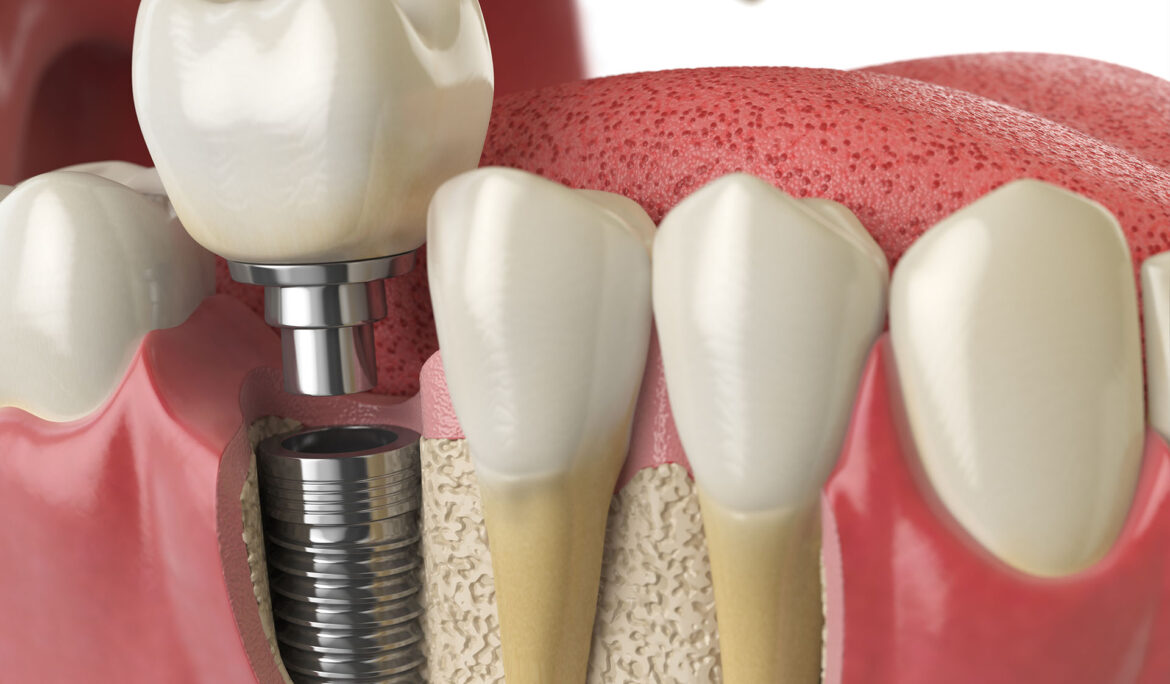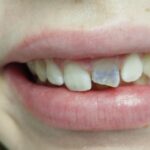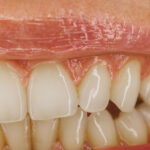If you’re missing one or more teeth and find yourself avoiding smiles, struggling with chewing due to missing molars, or feeling older due to tooth loss, you’re a candidate for replacing lost teeth.
The most advanced method for tooth replacement, widely used and recommended in dental clinics today, is dental implants. Made of titanium, dental implants prevent further rapid bone loss when implanted.
Before the implant procedure, a thorough examination of the oral cavity is conducted, along with gathering patient history. A CBCT scan is essential for assessing bone quality and quantity, crucial for the surgical implantation procedure.
Whether you’re missing one tooth, several teeth, or have a gap in your dental arch with no posterior teeth, implants are the solution. When a tooth is lost, an implant is placed in the bone. Following the procedure, a process called osseointegration occurs, where the bone fuses with the implant. This process takes 2-3 months for the lower jaw and 3-4 months for the upper jaw. Afterward, an impression is taken, and a crown is fixed onto the implant. Importantly, implant placement prevents the need to grind adjacent teeth, which could otherwise cause trauma and damage. If you have a gap in your dental arch with missing posterior teeth, implants are now preferred over traditional methods like dentures or bridges.
Deciding on implant placement may feel daunting, especially after the trauma of tooth loss. However, it’s important to know that lost teeth can be replaced today with a painless surgical procedure lasting only 15 minutes. Sometimes, getting a dental implant can be easier and quicker than having a tooth extracted.
After implantation, the implant behaves like a natural tooth. You can eat normally without any pain. Regular check-ups with the dentist and maintaining oral hygiene are essential.
In conclusion, dental implants are innovative solutions that restore chewing function and enhance smile aesthetics. Their widespread use in modern dental practice testifies to their success and the increasing number of patients opting for this advanced method of tooth replacement.













